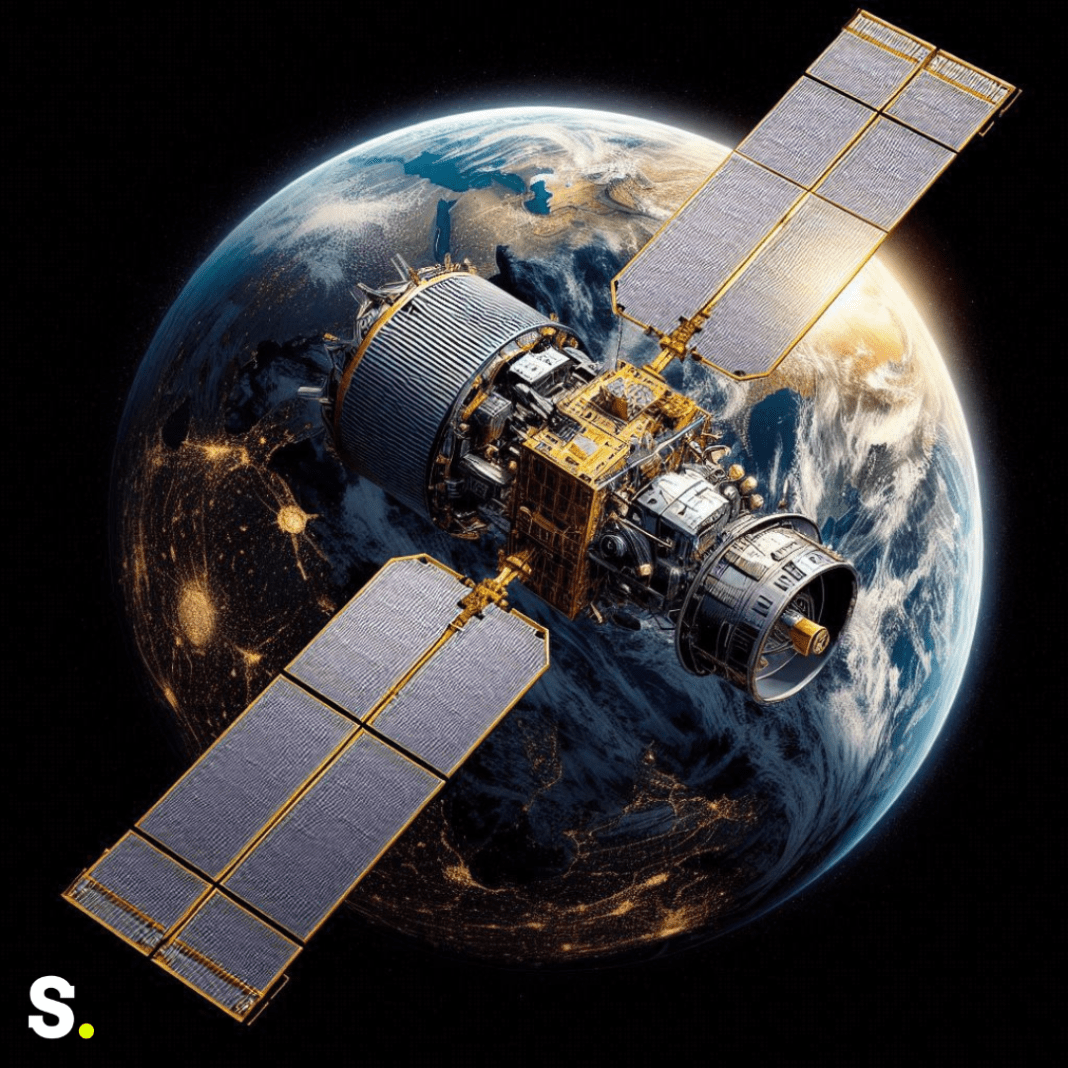A New Addition to China’s Space Family
Late Thursday, China successfully launched another Gaofen-11 satellite, adding to its powerful fleet of high-resolution Earth observation satellites. The event occurred at 11:03 p.m. July 18, Eastern Time, or July 19, 0303 UTC, from the northern Chinese region of Taiyuan Satellite Launch Center. This latest satellite, named Gaofen-11 (05), was carried into space by a Long March 4B rocket.
The China Aerospace Science and Technology Corporation (CASC), the state-owned company responsible for this mission, quickly confirmed the launch’s success. They shared the news through an official statement, although they kept the satellite’s details under wraps until the launch was confirmed to be successful.
Before the launch, there were airspace closure notices that signaled a planned launch. However, the specific details about the payload were only revealed after CASC declared the mission a success. This cautious approach is common in space missions to ensure that all aspects are securely managed before sharing information publicly.
Gaofen-11’s Mission and Capabilities
The Gaofen-11 satellites, including this new addition, are designed for high-resolution Earth observation. This implies that they photograph the surface of the Earth in great detail. According to CASC, the Gaofen-11 (05) will be used for various important tasks such as land surveys, urban planning, confirming land rights, designing road networks, estimating crop yields, and preventing and managing natural disasters.
Even though CASC didn’t share images or detailed information about the satellite, it’s believed that the Gaofen-11 series are among China’s most advanced optical satellites. These satellites can capture very sharp images from space. Previous Gaofen-11 satellites, which were also launched using Long March 4B rockets, orbit the Earth at an altitude of about 500 kilometers in a near-polar orbit. This means they travel over the poles of the Earth, allowing them to see almost every part of the planet as the Earth rotates.
Chinese state television previously showed a computer-generated image of the first Gaofen-11 satellite launched in 2018. This image suggested that the Gaofen-11 satellites have large apertures, which are openings that allow light to enter the satellite’s camera, making it possible to capture high-resolution images. In fact, an article published by the Chinese Society for Geodesy, Photogrammetry, and Cartography in 2020 stated that the Gaofen-11 satellites could take images with a resolution of around 10 centimeters. This means they can see objects as small as 10 centimeters across from space!
The Gaofen satellites are part of China’s civilian China High-resolution Earth Observation System (CHEOS). CHEOS includes a variety of satellites equipped with optical, multispectral, hyperspectral, and synthetic aperture radar technology. These different types of satellites help China monitor the Earth in various ways, providing crucial data for both civilian and, possibly, military uses. While detailed information about the Gaofen-11’s capabilities is limited, the high level of secrecy suggests that these satellites might have significant military applications.
China’s Busy Space Year
This launch marks China’s 33rd orbital mission in 2024. CASC has ambitious plans for the year, aiming to conduct around 100 launches in total. Out of these, approximately 70 launches are planned by CASC, while the remaining 30 will be carried out by commercial companies.
China’s space activities have included some major missions this year. Notably, they successfully completed the Chang’e-6 mission, which aimed to collect samples from the far side of the Moon. Additionally, China is preparing for more missions related to their Tiangong space station, which will include sending cargo and crew members in the coming months.
One of the significant launches expected this year was the first orbital flight of the Tianlong-3 rocket by a commercial company called Space Pioneer. However, this mission is now in doubt due to an accident that occurred during a test in late June. A catastrophic failure in the rocket’s first stage could push back the launch date of the rocket until 2025.
Meanwhile, CASC is getting ready for the first launch of another new rocket, the Long March 12. This rocket is designed to carry heavy payloads, capable of sending up to 12,000 kilograms (about 26,455 pounds) to low Earth orbit or 6,000 kilograms (about 13,228 pounds) to a sun-synchronous orbit. These advancements highlight China’s ongoing efforts to enhance its space capabilities and maintain a competitive edge in the space race.
China’s launch of the Gaofen-11 (05) satellite is a significant addition to their Earth observation capabilities. With a busy schedule of space missions planned for the year, China continues to make strides in its space exploration and technology development.




